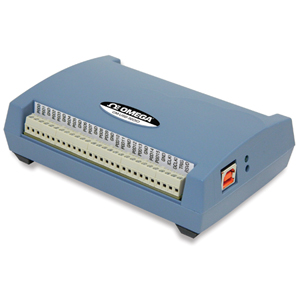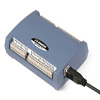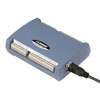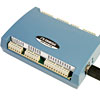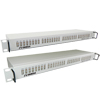Cookies de la web de Omega
Utilizamos cookies en la web. Estas cookies son esenciales para que la web que funcione correctamente. Si sigue sin cambiar la configuración, vamos a suponer que usted está dispuesto a recibir todas las cookies de este sitio web.
Para obtener más información acerca de las cookies, por favor haga clic aquí
Utilizamos cookies en la web. Estas cookies son esenciales para que la web que funcione correctamente. Si sigue sin cambiar la configuración, vamos a suponer que usted está dispuesto a recibir todas las cookies de este sitio web.
Para obtener más información acerca de las cookies, por favor haga clic aquí
 Cerrar
Cerrar


